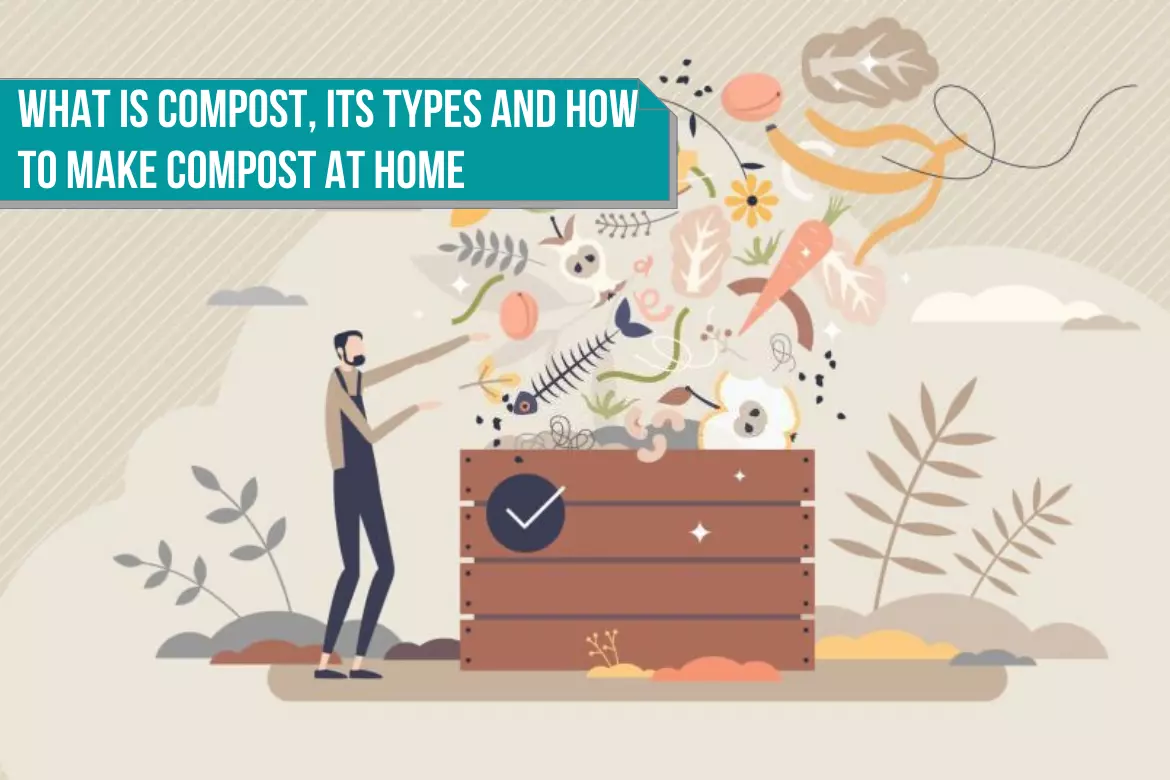What is compost?
The term compost has several meanings in horticulture. Compost is used for various purposes including:
- The biological decomposition of plant material before it is incorporated into garden soil,
- Composted animal manure and straw, which serve as the basis for mushroom cultivation, and
- Used for growing plants in containers as mixtures of organic and mineral materials.
Some people mix the term “compost” with “growing media” or “potting soil“. However, in modern times, compost is generally defined as decomposed organic matter and potting soil or “potting mix” is considered as a mixture of ingredients like coir fiber, peat moss, sand, perlite, fertilizers etc.
One of the foundation stones on which successful growth of container plants depends is the quality of the potting medium.
Container plants need to maintain proper physical and nutritional conditions just as much as those that will only be potted for a short time before being transplanted.
An error made while the plant is a seedling or a young plant cannot easily be corrected. When the plant is mature, a growth restriction caused by soil pasteurization toxicity, salinity, or nutritional problems will still be visible.

Composting is one of the greatest things you can do for your garden, not to mention that it prevents a great deal of waste from going to landfills.
Furthermore, a kitchen gardener may have difficulty obtaining animal manures, which is why composting is an excellent alternative.
Despite its low nutritional content, garden compost is a rich source of humus.
It has most of the advantages of other bulky organic matter, without the disadvantages of transport or an unpleasant odor.
Compost can be used for:
- Keep weeds at bay by spreading it on top of the soil
- Prevent evaporation and erosion
- Enrich the soil by combining it with garden soil or potting soil.
- Place a handful of compost in each planting hole before transplanting plants in the field or garden
Types of compost
There are varieties of composts suitable for different kinds of plants:
Multipurpose compost

This is also known as all purpose compost. This lightweight type of compost can be purchased with or without peat.
Usually made from natural materials such as coir, bark, and composted wood fibre, they also provide plants with enough fertilizer to feed them for a few weeks.
PERFECT FOR Annually flowering houseplants.
House plant compost
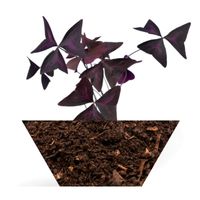
A quick and easy solution if you don’t know what your plant needs, this formula has been formulated to meet the needs of most house plants.
The majority of composts contain peat and a range of important plant nutrients, just like multipurpose compost.
PERFECT FOR The majority of house plants, except for those that require special attention, like orchids and cacti.
Loam-based or soil compost
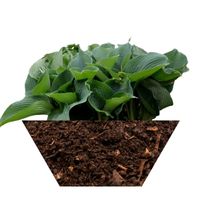
It is also known as John Innes compost.
In addition to sterilized soil, it also contains some of the natural materials from multipurpose compost and plant nutrients.
Plants that are expected to live in their containers for more than a year are generally grown in this compsot.
PERFECT FOR Perennial climbers, trees and shrubs.
Specialist composts

With composts that are specifically designed for orchids, cacti, and carnivorous plants, this range eliminates the guesswork involved in making your own mix for plants that require specific conditions.
PERFECT FOR Carnivorous plants, Orchids, succulents and cacti.
Seed and cutting compost
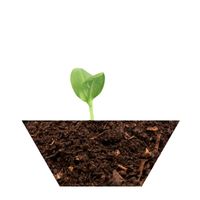
It’s the ideal choice for sowing seeds and plant cuttings.
It has a free-draining design to prevent rotting.
Compost’s fine texture allows even tiny seeds to be in contact with it, assisting in germination.
PERFECT FOR Taking cuttings, potting young seedlings, sowing seeds.
Ericaceous compost

The acidic soil conditions in this compost are ideal for plants like azaleas and blue hydrangeas, which require a similar compost to multipurpose compost.
The pH of the soil ranges form 4-5.
Avoid using lime for acidic soil loving plants. As, these plants can not grow in alkaline-based soils.
PERFECT FOR Ferns, Camellias, Holly, Gardenia, Azaleas, Blue hydrangeas.
How to make compost

A compost heap will eventually decay and reduce to yield a useful soil additive, but careful management will yield the optimum results.
The objective is to produce a dark, friable material with an even consistency that is convenient to handle and not overly wet.
By using aerobic composting, which allows air to penetrate the waste material, the decay process can be accelerated.
If possible, place compost bins in a screened area, perhaps close to the kitchen. They can be placed in the shade.
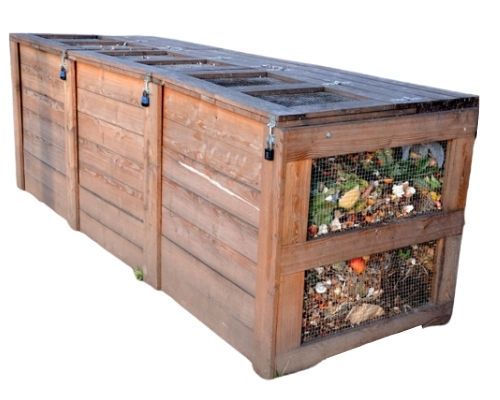
A layer of thin, woody pruning laid on top of the soil base, or a wire mesh floor over bricks, is necessary for the establishment of bins. Either method allows air to circulate below ground level.
Keeping the bottom of the bins a little bit raised will help with aeration.
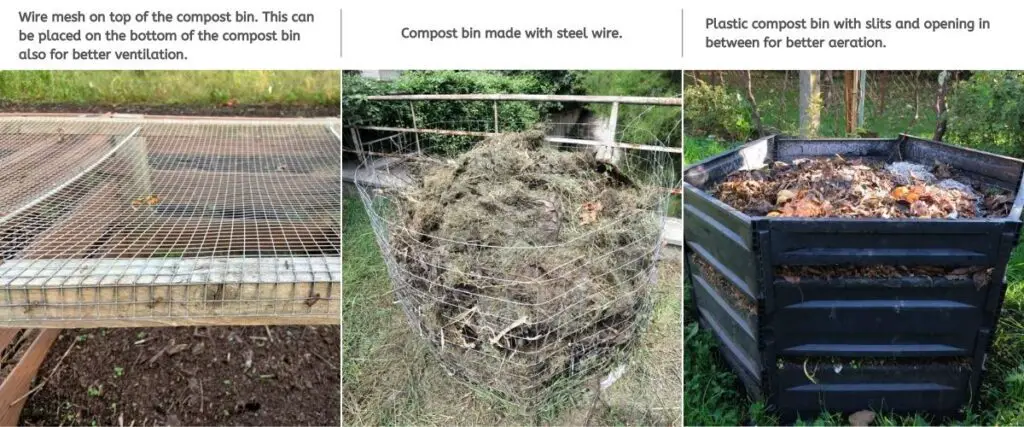

If your garden space allows, install at least 2 compost bins, 3 – 5 )1-1.5 meters) feet apart.
By having multiple bins, rotting compost can be rotated and moved from one container to another. Aeration can be accomplished through this tedious process. However, the results are well worth the effort.
Compost can be made from any bulky plant material.
Decomposition will be accelerated by nitrogen-rich material, such as leaves and animal manures. To ensure the movement of air, compost heaps must have a good balance of material. Adding some woody material prevents the heap from becoming compacted.
All grass clippings, fallen leaves, and cleared plant debris will decay properly. Also, trimmings made from harvesting vegetables and kitchen waste from preparing fruit and vegetables.
Materials to use while making compost
- You can add brassica leaves and stems. Chop the stems into small pieces.
- Plants such as peas and beans, along with their roots, will compost.
- Root crops that are pest and disease free can be added, chopped into fragments.
- Rhubarb leaves are often questioned about their suitability for composting, but they are fine.
- It is possible to compost blight-infected potato stalks in a pile that reaches a high temperature.
- Most annual and perennial weeds are high in nitrogen and their tops compost well.
- If the hedge clippings and thin woody prunings are reduced to small fragments, they will decompose, and for this purpose, investing in a small shredding machine might be worthwhile.
- As long as they are made of natural substances, other less obvious materials can also be composted.
- The papers and cardboard can be added after they have been shredded.
- Compostable materials can also include cotton and wool items that have been cut up. However, they take longer time to decompose.
There are two types of compostables: green and brown. Green matter is wet and contains a high amount of nitrogen. Brown matter is dry and contains a high amount of carbon.
Green Matter
- Washed eggshells
- Manure (not cat or dog)
- Coffee grounds and coffee filter
- Used tea and tea bags
- Hair (pet or human. not chemically treated)
- Seaweed
- Annual and perennial Weeds (not seeding weeds)
- Fresh leaves, plant matter and grass clippings
- Unprocessed vegetables and fruit scraps
Brown Matter
- Paper towels
- Sawdust
- Shredded newspaper
- Shredded cardboard
- Hay or straw
- Wood chips
- Dead plants, twigs, leaves, grass
- Wine cork
- Wood ashes
- Pine needles
- Wool and cotton (more time to decompose)
Materials to avoid while making compost
- Even though the heat generated by a compost heap will kill many plant diseases and pests, you should keep away from any material that may contain a persistent infection. This includes clubroot in brassicas, black spot in roses, apple canker, and white rot in onions.
- Brassica roots may be infected, so it is better not to add them to the compost hill.
- In a similar way, potato tubers can contribute to disease.
- Don’t add weed seeds, roots, bulbs, corms, or fleshy parts to the compost heap as they can survive the composting process.
- Don’t add the underground parts of grasses, curly docks, nettles, and oxalis to the compost
- Additionally, it is advisable to avoid abundantly seeding annual weeds.
- It is a wise idea to verify that grass mowing and straw added to the compost heap have not recently been treated with selective (or hormone-based) weedkillers, because there is a risk of contamination of crops grown on the ground to which the compost is applied.
- A compost heap should not contain plastic, nor waste food products, such as meat, fish, or fat , that might attract rats.
In short, do not add the following items to the compost
- Processed food
- Cooked food
- Meat
- Fish
- Fat
- Oil
- Cat or dog feces
- Chemically treated plants
- Underground parts of grass
- Weeds that have gone to seeding
- Seeds, roots, bulbs, corms, or fleshy parts of weeds



In winter or cooler climates, the temperature will fall. This will lead to lowering of the compost heap temperature and eventually slowing down the composting process.
Temperatures also fall, slowing the composting process.
In this case, the decomposition process can be accelerated by applying nitrogen in the form of a 2 inch (5 cm) layer of animal manure, including poultry or pet litter (such as rabbit. Avoid cats and dogs feces).
A proprietary compost activator or dried blood at a rate of 8oz per square yd (250g per square meter) can also be added.
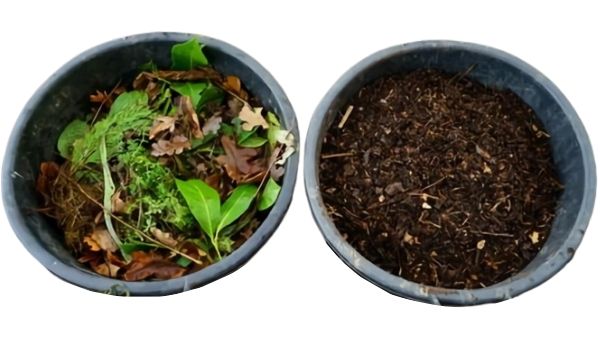

Now, the subject of what to use and what not to use for making compost at home is out of the way, lets look at the methods which can be used to make compost. There are three methods you can use to make compost:
- In a compost bin
- In an open pile – Anaerobic composting
- In a worm compost bin
METHOD 1 : Making compost in a compost bin
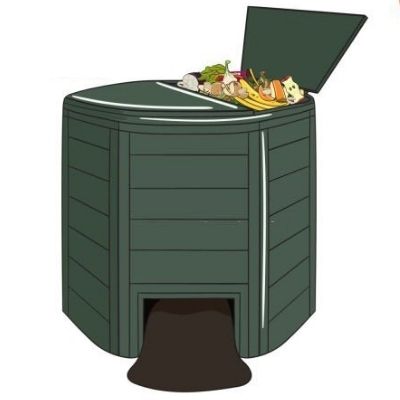

Build the compost heap up in layers of about 6in (15cm) depth.
To ensure a diverse variety of materials throughout the heap, you should, if possible, have a space next to the bins. In this space, you can store enough different materials to make a layer.
For aeration, cover each layer with a similar depth of chopped, moist straw.
If only one kind of plant waste is compacted, as with lawn mowings, it will form a slimy mass and create an airless environment that will slow rotting.


Through the activity of microorganisms, rotting waste creates heat, and within three or four weeks, a compost heap can reach around 158 °F (70 °C).
It is essential that the heap is not waterlogged, as this will exclude air and lower the temperature. Always keep it covered to keep off rain, maintain warmth, and keep moisture inside. On the other hand, the heap should not be too dry, since that also slows decay; in warm summer weather, you may want to water it.
Turning the heap from time to time is very critical, ideally by forking rotting materials out of a full bin and placing them in an empty one. The less rotted material is moved to the center of the new load, where it will rot more quickly. This should be done at least once per full load, and it is best to do it as often as possible.
The rate of decay is influenced by the waste’s characteristics, but most importantly by the heap’s management. With proper loading, regular turnout, and the addition of additives, a pile can yield usable compost within six months, although planning a year in advance is a good idea.
METHOD 2 : Making compost in an open pile – Anaerobic composting
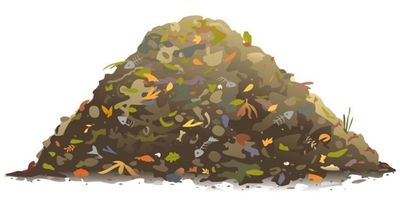

Making compost in the ideal way is not always feasible or convenient.
Bulky organic manure can still be produced by stacking plant waste to rot in the open or in plastic sacks, mixing types as much as possible, just like a standard heap.
Open pile composting, also known as Anaerobic composting, allows only a small amount of air to penetrate.
Put your greens and browns together and let them sit. Turn the pile every now and then.
Open compost piles have the disadvantage of looking messy and attracting pests, such as rodents, raccoons, or even the neighbor’s dog.
For complete rotting to occur, at least a year and up to two years is necessary. On a small scale, burying waste in a trench and digging it up once it has rotted is also an acceptable option.
Leaf mold
If leaves are not mixed with other materials before being added to a compost pile in the fall, they can become compacted. Compost them in separate containers that are similar in size to compost bins, but have mesh or netting sides.
It takes at least a year for them to rot, producing leaf mold. It is excellent for mulching and can be used as an ingredient in potting composts because of its friable texture. Oak and beech leaves are particularly good additions to leaf mold mixes.
METHOD 3 : Making compost in worm compost bin


In areas with limited space or for the disposal of kitchen waste, worm composting can be an effective solution.
This nutrient-rich small-scale compost is especially appropriate for potting mixes for container gardening.
Various sizes and styles of proprietary “wormery” (worm bins for making compost) are available. Alternatively, any large, rigid container can be adapted, including a plastic bin, a wooden box, or any other container.
Bins should have lids and good drainage, and should be kept frost-free and in a sheltered location.
Redworms, also known as “compost worms“, are similar to earthworms, but they have a darker red color. These worms are used in worm bins to make compost.
You can find them in plant waste or rotting manure, or you can purchase them from a supplier.
Experience is required to manage the bin. Only small amounts of kitchen waste should be added at once.
You can harvest your waste by laying it out on a plastic sheet and covering it with wet newspaper.
Under the paper, worms will gather and can be tossed into the bin again.

